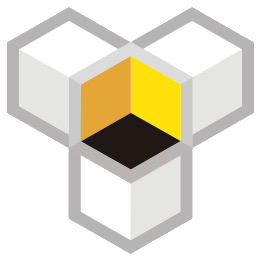Detailed Explanation of the Process Steps of Building an Independent Website
1. Domain Name and Corporate Email
A domain name is the exclusive access link for an independent website, similar to the address of your house. Before registering, you need to check if it has already been registered by someone else and ensure that it is not similar to a foreign trademark to avoid the risk of trademark infringement.
Here are some commonly used trademark search websites:
- US trademark search:www.uspto.gov/trademarks
- Canadian trademark search:www.cipo.ic.gc.ca/
- Japanese trademark search:j-platpat.inpit.go.jp
- Australian trademark search:search.ipaustralia.gov.au/trademarks
- EU trademark search:euipo.europa.eu/eSearch0
- UK trademark search:trademarks.ipo.gov.uk/ipo-tmtext
It is recommended to register your own foreign trademark to prevent others from registering it.
2. Choose a Website Building Tool
It is recommended for beginners to use the Beedong all-in-one website building service. This tool supports independent deployment to your own server, allowing you to have control over your data. It also supports AI multilingual automatic translation, multi-currency conversion, and switching between corporate and official website modes. Additionally, it supports multiple stores and merchants, making it a convenient and efficient website building tool.
3. Payment Collection
In addition to providing internationally mainstream PayPal and credit card payment collection methods, you can also freely choose other payment methods according to your own needs. Ensure that the collection function is perfect, convenient, and powerful.
4. Product Selection
When building a boutique independent website in a vertical field, product selection should be based on products in that field. You can select a few flagship products for testing and quickly correct any mistakes. After identifying popular products, focus on promoting them. When choosing the category for an independent website, you can refer to previous articles such as digital electronics, home decoration, clothing and shoes, outdoor sports, cosmetics, and wedding dresses.
5. Advertising Placement
To drive traffic and promote your business, you can use social media platforms such as Facebook, Google, YouTube, and TikTok for advertising placement. For specific advertising placement methods, refer to relevant articles.
6. User Analysis
You can use the free software Hotjar for user behavior analysis. This software provides heatmaps, session recordings, and sales funnel tools. With heatmaps, you can observe user behavior and understand if there are users who abandon their purchase at checkout. The sales funnel and features like Abandoned Cart can also provide relevant data. Utilizing these tools for user analysis is very helpful in formulating and optimizing independent website operations.
7. Marketing Methods
In addition to off-site advertising, you can also enhance the interaction and stickiness between your independent website and customers through marketing methods such as discount coupons, email marketing, content marketing, video marketing, social media marketing, and positive review marketing. For specific marketing methods, you can refer to the upcoming specialized articles.

